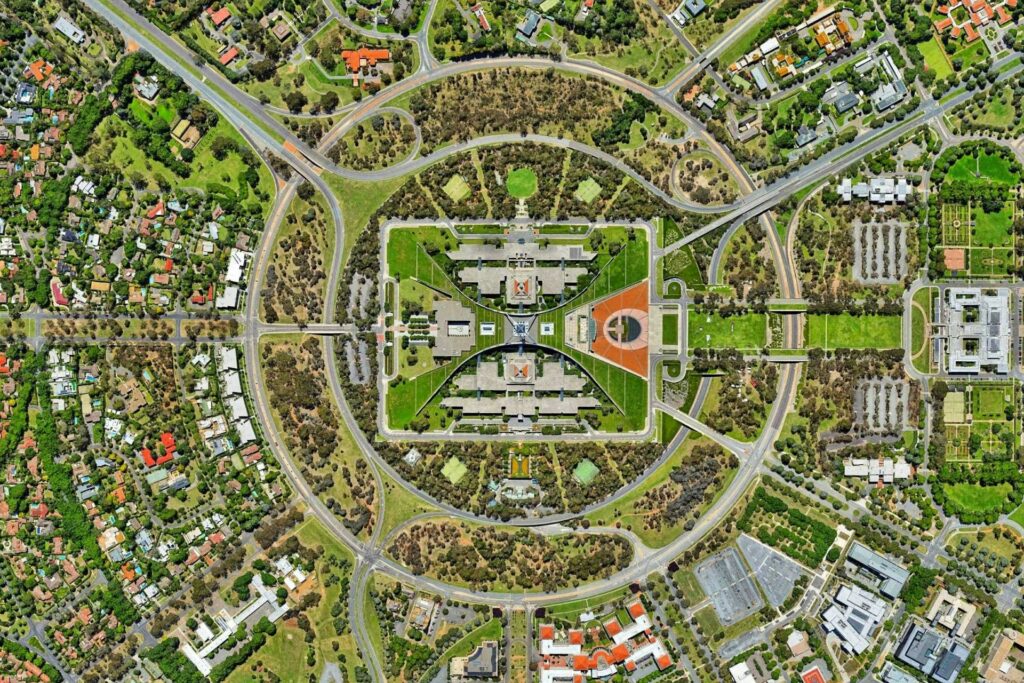Dr Tessa Boyd-Caine travelled to London with Suzie Forell at the invitation of the British Academy and Wellcome Trust to present on Health Justice Australia’s work supporting health justice partnership in Australia.
‘The tick-a-box GP – a bureaucrat’s dangerous fantasy’ screamed the first headline I read as I stepped off the plane on Monday morning. The article referred to the Australian Government Department of Health’s accusation that GPs have been inappropriately claiming Medicare funding for managing both a physical and a psychological issue in one consultation. Medicare, the article pointed out, will pay for one or the other problem, but not both.
The contrast with where I’d just been could not have been clearer. I was returning from London where I’d spent a week with my colleague Suzie Forell, Health Justice Australia’s Director of Research. We had been meeting with health and justice experts from Europe, the UK and the USA, to discuss how we can improve service responses to the intersections between health and legal need. Unmet legal need effects people’s health in multiple ways, from the impact of mould in public or rental housing on respiratory problems; to the way cuts to social security payments reduce people’s ability to meet their healthcare costs; to the effect of domestic and family violence on psychological wellbeing.
The idea of a tick-a-box GP reflects just how hard it is for policy settings to recognise these intersections.
Funding mechanisms structure services into unique, isolated allocations of professional expertise, divorced from the messy, connected reality of people’s lives. Our health and social services are organised into siloes with their own ministers, budgets and policy priorities. However unintentional, the consequence of this siloing is disjointed and fragmented services that are poorly equipped to respond to the multiple, complex problems in people’s lives.
And yet practitioners and services around the world are responding to this complexity head-on, reorienting where and how they work to better help their patients, clients and communities. In London, we presented on our work supporting health justice partnerships, which bring legal help into hospitals and primary care settings to tackle the legal and social problems that underpin poor health. Our American colleagues talked about how there, the same initiative also incorporates learning about the social determinants of health as part of joint clinical training between law and health students. Meanwhile Scottish representatives presented on the welfare advice services working within GP practices to help financially stressed patients access social security benefits.
One shared concern
Underpinning this range of approaches lies one shared concern: how can we better address the problems in people’s lives that contribute to poor health, when the solutions to those problems lie beyond medicine and the traditional approaches of the health system? How can we leave behind the idea of health as a single medical issue and move towards seeing the whole person?
Internationally, funding policies have provided one answer. In the USA, the Obama-era Affordable Healthcare Act enabled hospitals to begin funding medical-legal partnerships by placing the onus on hospitals to keep people well in the community and avoid admission where possible. In the UK, the rollout of social prescribing through the NHS has triggered the provision of social care services like welfare advice through the health system pathways that people are most likely to access.
In Australia, with more than 70 examples of health and legal services working together across the country, there is great potential to connect the legal and social services that people need through the health system they trust. For that potential to be realised, it needs health system leadership to reshape funding models away from outdated, tick-a-box approaches and towards broadening the tools available to health professionals to address the factors making their patients unwell.





